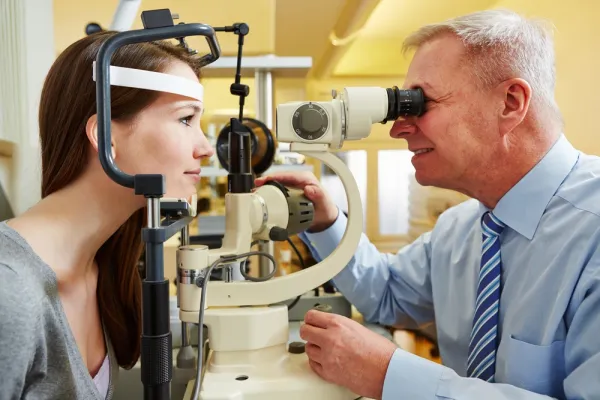Ophthalmology and Optometry Coding Alert
Latest CPT® Edition Offers New Eyelid Lesion Removal Codes
Plus: Be ready for changes to the descriptor for visual evoked potentials. Even though 2018 is still a few months away, you should start prepping now for the new CPT® codes that will take effect on Jan. 1 The following breakdown can help you prepare for the changes that the AMA has set forth for eye care coders when the calendar turns to 2018. 1. CPT® Updates Eyelid Lesion Removal Codes If your practice ever removes lesions from patients' eyelids, then you'll want to focus on the following two codes, which describe this service: These will be the most impactful new codes for eye care practices, says Gina Vanderwall, OCS, CPC, CPPM, financial counselor with Finger Lakes Ophthalmology in Canandaigua, New York. "We remove a lot of eyelid lesions. The full description regarding location and method of removal will drive which code is used." CPT® 2018 will also revise the descriptor for 96567 to say, "Photodynamic therapy by external application of light to destroy premalignant lesions of the skin and adjacent mucosa with application and illumination/activation of photosensitive drug(s), per day." Although this seems quite similar to the new codes, there is a subtle difference, which is that 96567 makes no mention of "physician or other qualified health care professional." The proposed 2018 Medicare Physician Fee Schedule offers a clue to why the upcoming edition of CPT® makes the revision. "CPT® code 96567 was identified as potentially misvalued through a CMS screen for codes with high expenditures," the proposal said. "This code describes a service furnished by clinical staff and does not include physician work." Therefore, it appears that CMS will recognize the new codes for physician procedures and will allow 96567 when clinical staff addresses the lesion. 2. Check This VEP Revision The latest edition of CPT® will also include a subtle change to visual evoked potential coding that you can't afford to miss. The new descriptor is as follows, with the updated verbiage italicized: This revision makes clear that 95930 should not be reported when addressing glaucoma. Practices that perform VEP testing for glaucoma should instead report CPT® Category III code 0464T (Visual evoked potential, testing for glaucoma, with interpretation and report), which went into effect Jan. 1, 2017. 3. Note This Subtle Language Change to Observation Codes You have to look closely to notice, but the preamble to the "Initial Observation Care, New and Established Patient" section of CPT® and the full code descriptors for 99217-99220 have the words "outpatient hospital" inserted before the term "observation status." For example, the passages now read as follows: "The following codes are used to report the encounter(s) by the supervising physician or other qualified health care professional with the patient when designated as outpatient hospital 'observation status.'" This appears to indicate observation services are only allowed in the hospital setting, whereas the presumption in the past was that observation was a "status" and not a defined place. That status is now limited to the outpatient hospital setting. Keep an eye on Ophthalmology and Optometry Coding Alert as new directives are issued that shed additional light on how to report the new codes for 2018.
Related Articles
Ophthalmology and Optometry Coding Alert
- CPT® 2018:
Latest CPT® Edition Offers New Eyelid Lesion Removal Codes
Plus: Be ready for changes to the descriptor for visual evoked potentials. Even though 2018 [...] - ICD-10:
5 Tips Help You Perfect Your Use of New Eye Care Diagnosis Codes
Hint: Create new templates to help guide your specificity. Eye care practices have been using [...] - Compliance:
5 Quick Tips Help You Avoid Fraud Accusations
Remember: Collect all deductibles, copays When this time of year rolls around and you're focused [...] - You Be the Coder:
Contact Insurers for Time Verification
Question: In your article about glaucoma screenings last month, you noted that one of the main [...] - Reader Question:
Use Patient Intake Form as ROS Guide
Question: Our physicians often can't bill a higher E/M code because they don't have an appropriate [...] - Reader Question:
Include Conference in E/M Service
Question: Our ophthalmologist treated a patient with severe eye injuries due to a car accident. The [...] - Reader Question:
Look to 66762 for Iridoplasty
Question: One of our physicians performed a pupilloplasty. What is the correct code for this procedure? [...]




